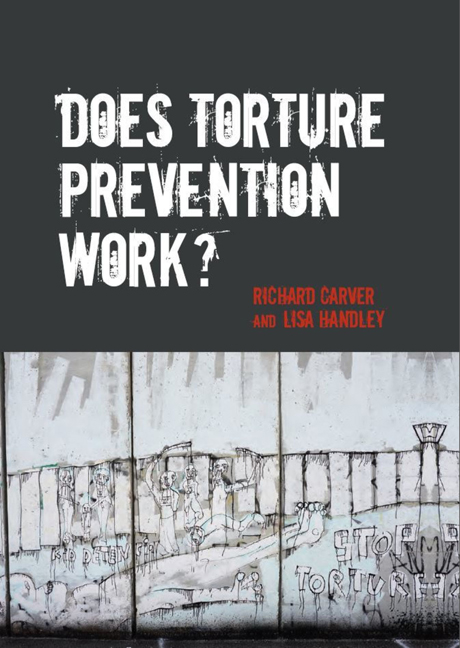Book contents
- Frontmatter
- Contents
- List of Tables
- List of Figures
- Foreword
- Acknowledgments
- Contributors
- 1 Introduction
- Overview and Findings
- Prevention Sustained
- Prevention Stalled
- 6 Hungary
- 7 Indonesia
- 8 Israel
- 9 Peru
- 10 South Africa
- Prevention Expected
- Prevention Denied
- Conclusion and Future Strategies
- Bibliography
- Index
7 - Indonesia
from Prevention Stalled
- Frontmatter
- Contents
- List of Tables
- List of Figures
- Foreword
- Acknowledgments
- Contributors
- 1 Introduction
- Overview and Findings
- Prevention Sustained
- Prevention Stalled
- 6 Hungary
- 7 Indonesia
- 8 Israel
- 9 Peru
- 10 South Africa
- Prevention Expected
- Prevention Denied
- Conclusion and Future Strategies
- Bibliography
- Index
Summary
Contextualizing torture in Indonesia
The geographical and demographic context
Indonesia is large, dispersed, and diverse. The world's fourth largest country by population (over 250 million), it spreads across 6,000 inhabited islands stretching over an area 5,000 km from east to west and 1,800 km from north to south. It takes five and a half hours to fly non-stop from the capital city, Jakarta, to the easternmost provincial capital, Jayapura. One island, Java, holds almost 60 per cent of the whole population. The national language is bahasa Indonesia but about 700 living languages are spoken. Ninety per cent Muslim, it has the world's largest Muslim population, but some parts of the country have majority non-Muslim populations. For example, in Bali the people are principally Balinese Hindu, in Papua and Flores predominantly Christian, and in Ambon an almost equal proportion of Muslims and Christians.
Indonesia's large and diverse population, its enormous area, and its archipelagic character create great challenges for torture prevention. About 400,000 police personnel work in 4,576 local police stations, and over 400,000 military personnel serve in the armed forces. The country possesses 441 prisons and official detention centres. Even with the greatest commitment, implementing, monitoring, and enforcing a nationwide policy is a daunting task.
The political context
The last 30 years in Indonesia divide almost equally into two distinct periods. Until 1998 Indonesia was ruled by the authoritarian, militarybacked New Order regime of President Suharto. Suharto came to power following a military takeover late in 1965, during and after which some 500,000 people were killed, accused of being communist. The massacres of 1965–66 were the largest killings in Indonesian history and remain unresolved. In May 1998 Suharto and the New Order system were overthrown in a popular uprising that inaugurated a process of reformasi (reform), which moved Indonesia from an authoritarian to a democratic, civilian political system.
- Type
- Chapter
- Information
- Does Torture Prevention Work? , pp. 231 - 272Publisher: Liverpool University PressPrint publication year: 2016



